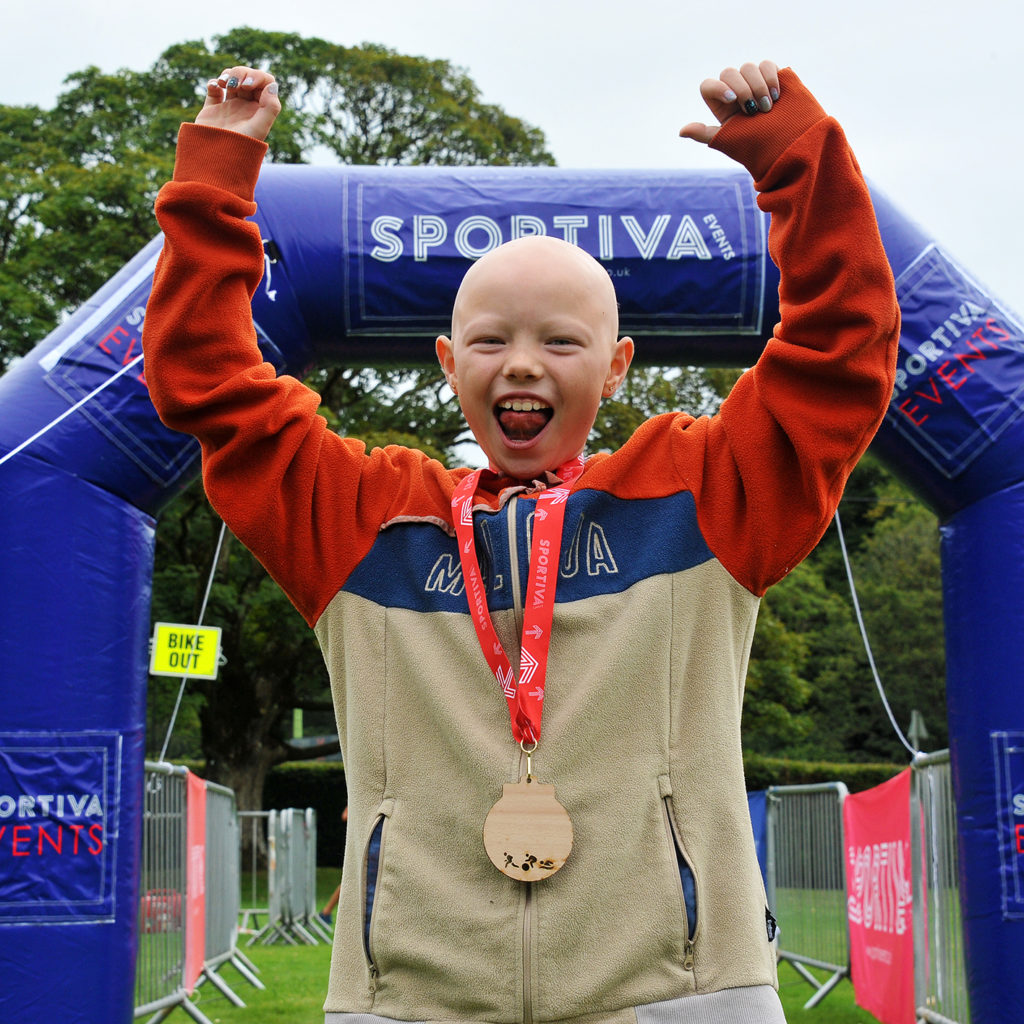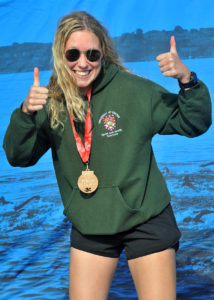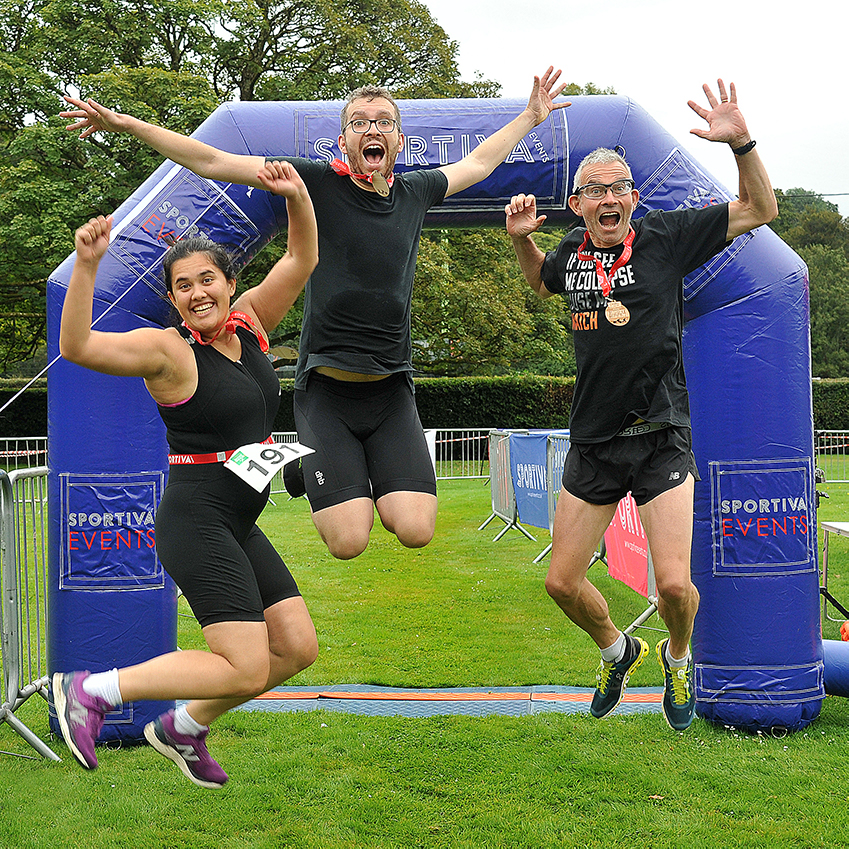Tips for photographing people. All photographs © Al Macphee/MiraclePR
Diplomacy works when photographing people
If you can talk to people as human beings, on their wavelength, you will be able to get on with anybody. I learned that from my brother. He was a sales rep covering Scotland and part of the north of England. He noticed that if someone spoke to him in a broad Scottish accent, he would change his accent to match. If you speak to people back the way they’re speaking to you (unless they’re being aggressive), it gets them on to your wavelength and they tend to react to you better. It must be a human mentality thing. A lot of people judge others by their accent. If you speak to someone in a similar accent to theirs, they’re going to naturally assume, ‘He’s the same as me. He’s one of my team.’
That’s how my brother became a major buyer and ended up travelling to Hong Kong, etc. That’s how far diplomacy got him. Keep that in mind in any role, including being a professional photographer.
What you say in the first opening to the conversation can make all the difference between having ten minutes with somebody and not even getting a shot.
There was a girl at the recent Tavistock triathlon who was undergoing treatment for leukemia. Nobody said that she was suffering but when you’ve worked with Richard’s Wish for several years, as I have, you can tell when kids are going through the mill.
I could see pictures that the organiser could use to promote how they run events for all abilities, etc. plus she deserved it anyway. But I didn’t steam in and say, ‘Poor girl, she’s obviously suffering. Can we take a nice picture of her.’
The girl was full of joy and experiencing the day so I simply approached mum on the same positive wavelength and asked her if we could do a nice shot in front of the finishing line. Mum agreed and we did some cracking pictures.

Diplomacy can really make or break an opportunity like this. What you say in the first opening to the conversation can make all the difference between having ten minutes with somebody and not even getting a shot.
Always be nice. If you upset somebody, they’re going to glare at the camera. Whether you’re at a wedding or an event, nobody wants anybody in their pictures looking angry.
This is going to sound controversial but, wherever you go there is always someone who is going to annoy you. You’ve got to let them think that you like them. Photographing people requires the diplomacy of a politician.
Work with the subjects
You’re there to do a job for the organiser but you’re also there to get the subjects looking good. If you supply pictures of people at an event to an organiser and it looks like they’re not enjoying it, that doesn’t look good does it? When photographing people, you’ve got to capture them smiling to show they’re happy with the prize. The best way to do that is to smile yourself and be relaxed. Body language can give away a lot.

There are exceptions. If the person’s just swum 1200m, cycled 60km and run 26 miles then they’re going to be in pain when they run through the finish line. You will want to capture that.
Patience is a virtue
You also need the patience of a saint. The subjects might have all the time in the world but you could be in the middle of a presentation with 30 seconds to get a shot before you need to take the next group of runners coming through the finishing line. You have to take control but not be abrupt or abrasive. You can tell them to get on with it but with a coaxing tone, not a nagging one.
Being in control of your time will help you feel less impatient. This is harder when you’re on tight deadlines, working for the papers. But if you’ve done your homework, you will know what time each subject will be ready for their picture. Experience also helps. In the old days, when we were doing ten jobs a day for the local rag, the reporter putting in the picture request might book the photographer for a 6.30pm photo shoot with the mayor.
You have to take control but not be abrupt or abrasive.
Now, experience has taught me that this time will have been taken from the official press release. It’s the time the mayor will arrive, not when he’ll be ready for the picture. The mayor is going to be shaking hands with one person after another and by the time he gets round to a photo it will be 6.45pm.
So, if you’ve been delayed at a job and it’s 6.15pm and you haven’t left, you don’t need to be looking at your watch. You know that mayor will be there for at least half an hour. You turn up, you say, ‘Hello, sorry I’m late,’ and blame it on something else, like traffic. They’ll usually say, ‘OK. Don’t worry, you’re a jobbing pro.’
PRO PHOTOGRAPHING PEOPLE TIP
Never ever lift your arm up and look at your watch. Don’t do it because it looks like you’re being impatient. If you need to know the time, keep your arm by your side and just have a sly look down. Or look at your phone. I don’t wear a watch any more, simply because of that.
Even if you want to leave because it’s midnight and you want to get home for your dinner, looking impatient isn’t good. With all the best will in the world, it will make people think you would rather be somewhere else. Stay engaged by pretending you’re doing paperwork or talking to somebody.
When you’re at a wedding, you have to be patient but organised. Don’t forget, you’re sober but everyone else might have been drinking all day. You’ve got to control that gaggle of drunken bridesmaids and take a nice picture. My standard tactic is to say something like, ‘The function manager’s behind you giving me daggers here which means the chef must be giving her daggers. That means we’ve got about five minutes to do six pictures. So let’s get on with it.’
They don’t want a cold roast to spoil their day so they will soon start paying attention!
You’re always on parade when photographing people
Going back to diplomacy, I could have rephrased it as, ‘Look, I’m fed up with you now. Get on with it. Do as your told.’ Not only will the pictures not look relaxed but they’ll be thinking, ‘I won’t be booking him for my wedding.’
You’re always on parade at a wedding. In pre-COVID days there would be 200 people at a wedding. Out of those 200 guests, somebody is going to be getting married and you can get a wedding from a wedding. You get a wedding from each wedding and you can keep working and reduce your advertising spend.
To get the best out of people they’ve got to see the best in you.
Wedding photography is competitive because there are so many ‘faux-tographers’ out there working with no insurance, undercutting each other. People are on tight budgets so if there is somebody out there prepared to do the job at half the price you’re charging, they’re going to consider them.
That’s the basic approach to photographing people. Be nice to them and they will be nice to you. If you’re abrasive, they’ll be abrasive – they’ll glare at you.
To get the best out of people they’ve got to see the best in you – not the worst.
Read Look out for Photographing People Part 2 for advice on how to pose (and not to pose) people, lighting and other practical tips. Please bookmark this blog or, even better, sign up to my mailing list to stay connected.
Have a burning photography question you would like Al to write about in his next blog post? Email info@miraclepr.com with your request.

